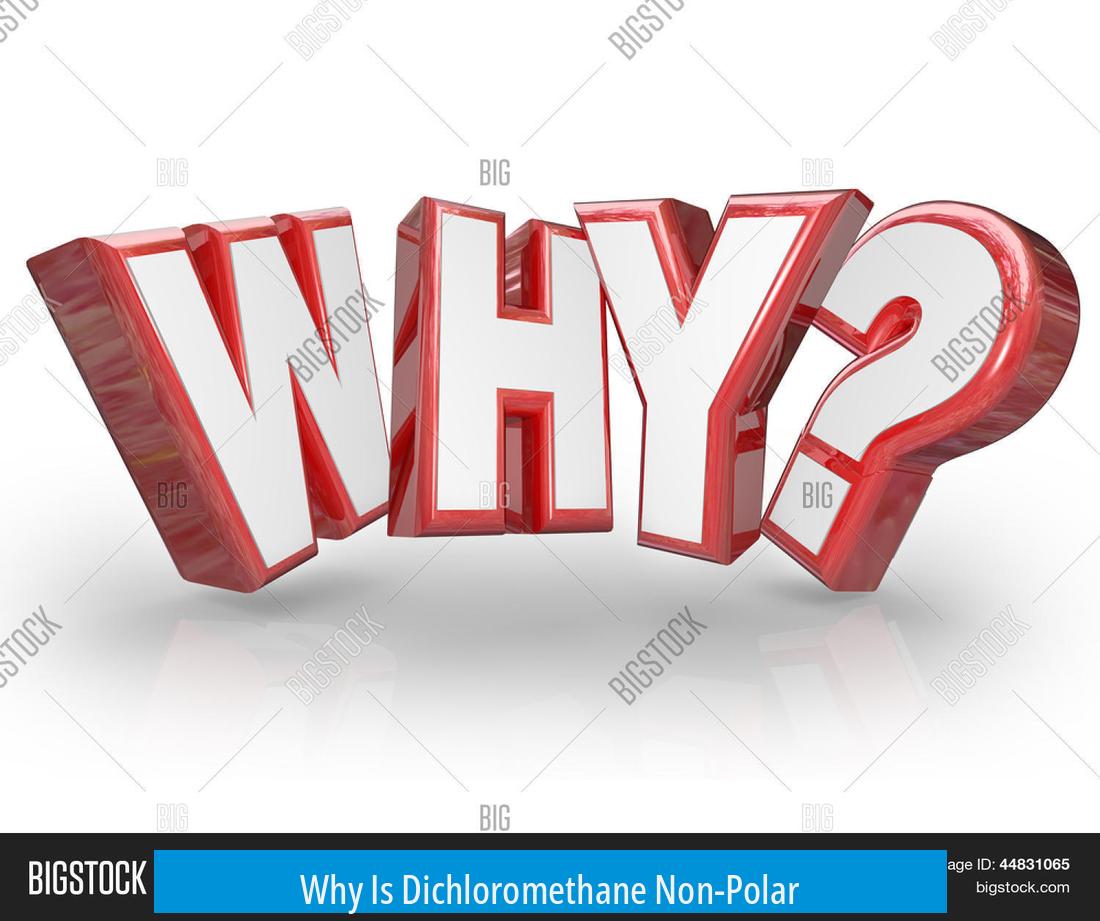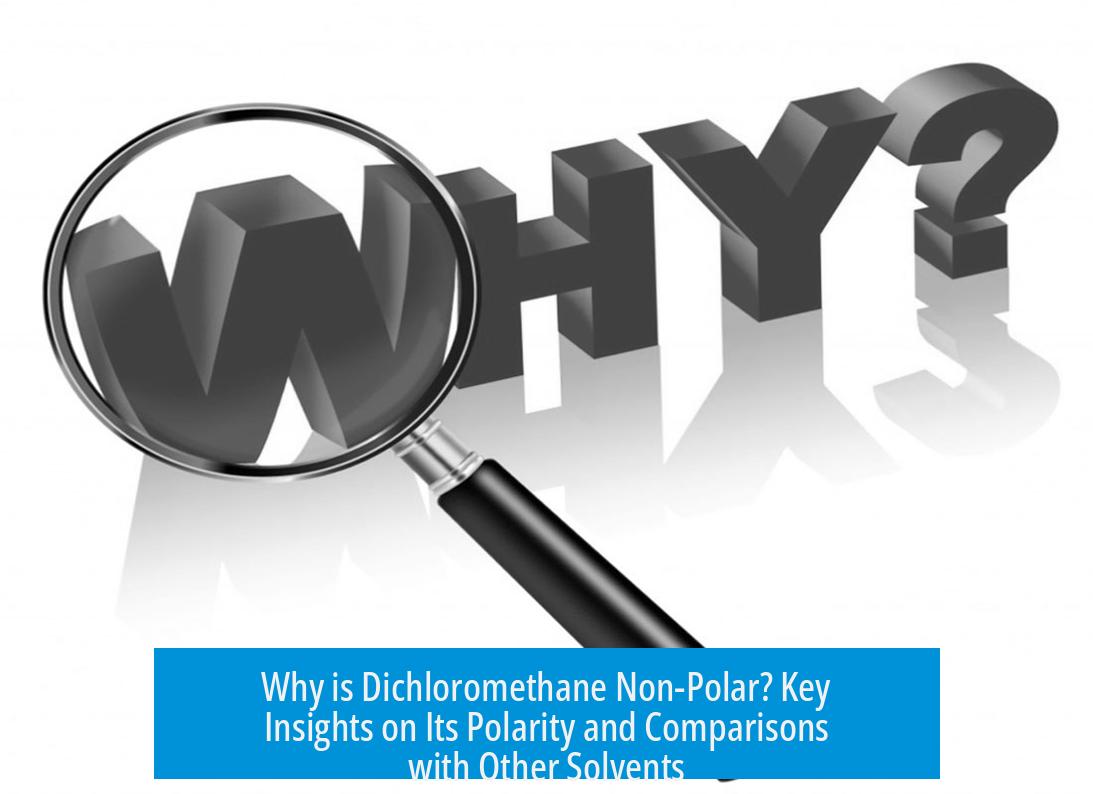Why Is Dichloromethane Non-Polar?

Dichloromethane (DCM) is not non-polar; it is a polar molecule with a dipole moment of about 1.1 debye. Despite some misconceptions, the molecular structure and electronegativity differences confirm its polarity. This section explains why dichloromethane shows moderate polarity rather than being non-polar.
Understanding DCM’s Polarity
Dichloromethane (CH2Cl2) contains two chlorine atoms bonded to a central carbon atom along with two hydrogen atoms. The difference between the electronegativities of carbon and chlorine is moderate but notable. These differences create polar C–Cl bonds. The molecule’s shape is tetrahedral but asymmetrical due to the two hydrogens and two chlorines arranged unevenly. This asymmetry generates a net dipole moment.
- DCM’s dipole moment is 1.1 debye.
- This value indicates polarity but weaker than highly polar molecules like water (1.9 debye).
- It is significantly more polar than genuinely nonpolar molecules such as pentane.
Why is DCM’s Polarity Considered Moderate?
The polarity of DCM is moderate because the electronegativity difference between carbon and chlorine is not very high. Also, partial cancellation of bond dipoles occurs due to geometry. This results in a dipole moment lower than highly polar molecules, but not negligible. The molecule is polar enough to interact with polar solvents, yet it does not donate or accept hydrogen bonds.
Common Misconceptions About DCM Polarity

In basic chemistry courses, polarity is often taught with simplified rules. Molecules with electronegativity differences below an arbitrary threshold (e.g., 0.7) are sometimes labeled as nonpolar. This simplistic criterion may cause some to incorrectly conclude DCM is nonpolar. In reality, DCM’s dipole moment and molecular geometry prove its polarity.
Comparison with Other Solvents
DCM behaves as a polar solvent but it does not participate in hydrogen bonding. This explains why it dissolves many organic compounds, which are often nonpolar or weakly polar. However, DCM has limited miscibility with water, reflecting its intermediate polarity. It mixes well with many organic solvents, forming a versatile solvent for laboratory use.
Key Takeaways
- Dichloromethane is polar, with a dipole moment of about 1.1 debye.
- Its moderate polarity arises from electronegativity differences and molecular geometry.
- Common teaching methods sometimes misclassify it as nonpolar.
- DCM dissolves many organic compounds but has limited water solubility.





Leave a Comment